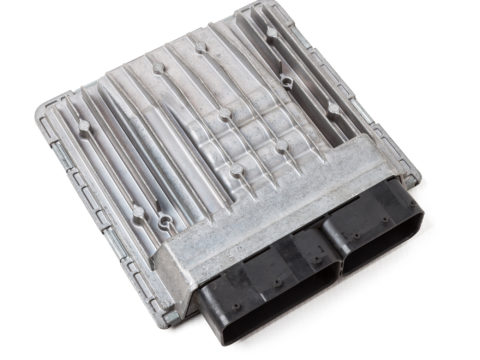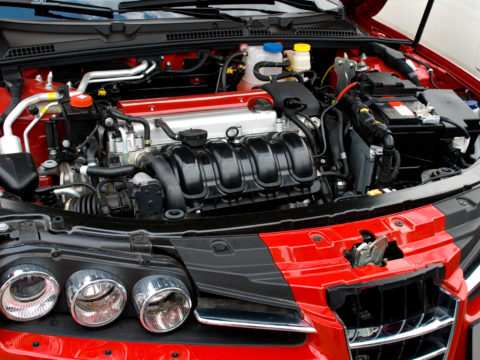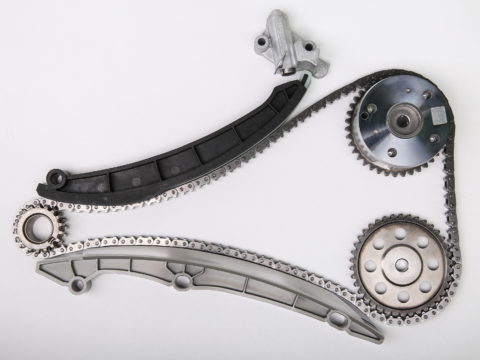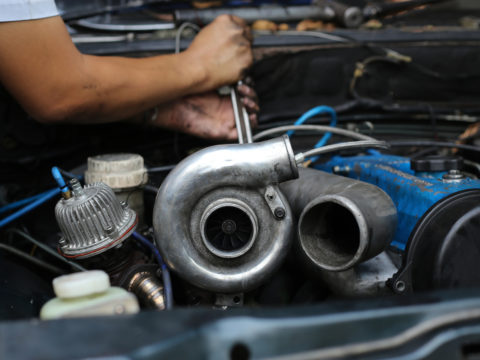If you’re wondering about rear main seal leak symptoms, you have a fairly specific problem.
But if you hear about an issue from your mechanic and you’re not sure if you’re getting the real story, you could end up stuck with a hefty bill you might have been able to avoid.
Let’s look at this vital seal on your car so that you understand what it is, what it does, and if you have to make a repair.
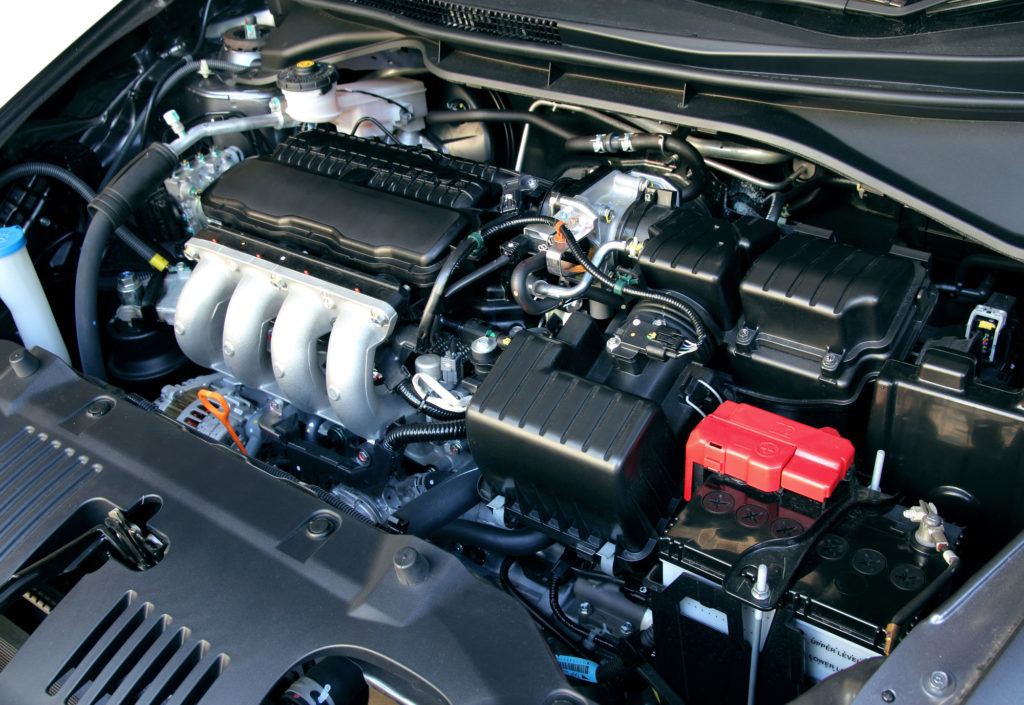
Contents
What Exactly Does a Rear Main Seal Do?
The rear main seal lives at the back of the crankcase, where the engine’s crankshaft passes through its sealed case and mates up with the transmission. There is usually a flexplate or a flywheel, but the critical thing to remember is that the rear main seal helps hold the oil in the engine.
Minor degradation to a rear main seal will allow oil to seep from the crankcase, past the seal, and out of the engine. If the seal fails, the loss of your car’s oil will be much faster and potentially damaging.
Is Driving With a Rear Main Seal Leak Bad?
Driving with a small rear main seal leak isn’t always a huge issue. But, if left unchecked, the leak could worsen and lead to more significant issues, sometimes fairly quickly.
If you have a major leak, you should not drive your car at all. It might ruin your vehicle.
Possible Scenarios and Why It’s Bad
Allowing oil to drip from the rear main seal can leave slippery spots on the road, in your driveway, or your garage. Oil is also flammable and attracts debris, so while you might not have to stop driving if you just see a drop or two, you need to take action.
The biggest issue with losing oil from a rear main seal is that your car needs oil to lubricate the engine. You could routinely top off the oil level to offset what you’re losing from the rear main seal, but that’s not a long-term solution.
If you drive your car without enough oil, you could easily damage or even destroy your engine.
Three Common Rear Main Seal Leak Symptoms
If you idle your car and let the engine and its oil warm up, you can look for some signs and symptoms of a rear main seal leak. Some things to be alert for include the following.
1. The engine oil light comes on
If you’re driving down the road, and the oil light or symbol pops up on your dashboard, that’s an indicator that you are losing oil. You should stop driving as soon as possible and check the oil level.
If you are indeed down on oil, you can see where you’re losing oil if you look underneath the vehicle. If it’s near the back of the engine, you just might have a rear main seal leak.
2. Oil on the ground an hour after you park the car
Rear main seal leaks tend to get worse when the car’s oil is warm. So, if you go for a drive, park your car, and then see spots of oil on the ground the next time you move the car, you might have a rear main seal leak.
3. Debris
If a bunch of road grime or leaves and things are stuck to the underside of your transmission, that’s another sign that you might have a rear main seal leak.
Once you localize the source of your oil leak, you can take action. Unfortunately, the only way to check the rear main seal for integrity is to inspect it. And that usually means a pretty serious job that involves dropping the transmission or otherwise dismantling parts of the car.
Possible Causes of Rear Main Seal Leaks
The biggest cause of rear main seal failure is age. As the vehicle gets older, the seals get worn out. Extended vehicle storage can also exacerbate the issue, as, without oil circulation, the seal may dry out and crack prematurely.
You can also damage the seal by operating your vehicle without enough oil.
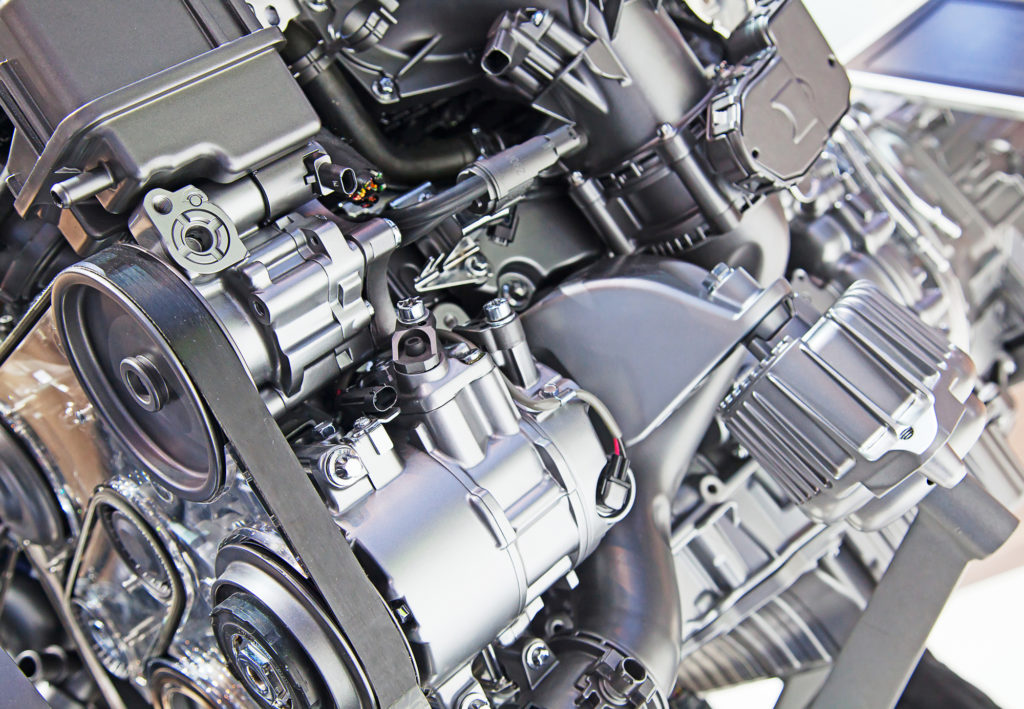
How To Stop Rear Main Seal Leaks
The easiest way to prevent rear main seal leaks is to always ensure your car is topped off with the correct amount of oil and that you perform regular oil changes per your manufacturer’s instructions. If you already have a leak, these are the ways to fix it.
Replacing the Rear Main Seal
To repair the main seal, your mechanic will have to access the seal. Since it is sandwiched between the transmission and the engine, and the crankshaft passes through it, that often means removing the transmission to gain access.
The procedure varies by vehicle, but this isn’t an everyday repair, and it can be pretty expensive.
Is the Blue Devil Rear Main Sealer Effective?
If you want to try a cheaper alternative to rear main seal replacement, consider giving Blue Devil Rear Main Sealer a shot. If you have seepage or minor dripping, it just might restore your dried, cracked, or shrunken seal. If you have a bad leak, it probably won’t work. But when used appropriately, it’s guaranteed to work.
Rear Main Seal Replacement Cost
Generally, it costs between $650 to $900 for rear main seal replacement. This cost will shrink if you do the replacement yourself, but the job is tricky.
FAQ
Here are some common questions concerning rear main seal leaks.
What does a rear main seal do?
A rear main seal lets the crankshaft leave the engine case to attach to the flex plate or flywheel. From there, it transfers mechanical energy to the transmission. Also, it holds engine oil in your engine to lubricate the main bearings.
Does a rear main seal leak when parked?
Yes, you can often tell that you have a leak when you see black stains under your car when parked.
How long does it take to replace a rear main seal?
Since you have to remove the engine and transmission, it takes six to ten hours to replace a rear main seal.
How long is a rear main seal’s life expectancy?
The lifespan depends on your vehicle and use. However, you can expect it to last at least 70,000 miles.
Why is my newly replaced rear main seal leaking?
Your newly replaced rear main seal may leak if installed incorrectly.
Can a rear main seal be replaced without removing the transmission?
While more challenging, you can replace it without removing the transmission by:
- Detaching the battery
- Removing the flex plate and drive shaft
- Taking off the rear main seal hood
- Removing the crankshaft seal
- Replacing the seal

